
Signs of Bacterial Soft Rot on Succulents: What to Look For
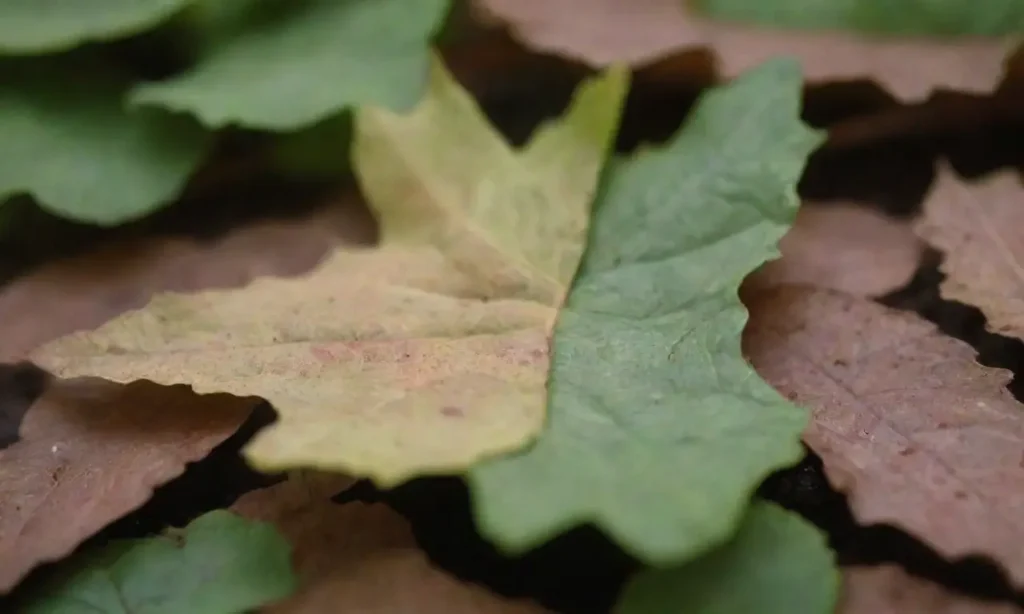
Introduction
Succulents represent a fascinating group of plants with the remarkable ability to store water in their leaves, stems, and roots. These unique adaptations allow them to thrive in arid climates and have made them popular as houseplants and ornamental features in gardens. Despite their resilience, succulents are vulnerable to various diseases, with bacterial soft rot being one of the most concerning. Soft rot can lead to plant decay, making it essential for succulent enthusiasts to identify the signs early.
In this article, we will delve into bacterial soft rot, exploring its causes, signs, and management strategies. By understanding this ailment, readers can take actionable steps to protect their beloved succulents. Such knowledge is vital for both novice and experienced gardeners seeking to maintain the health of their plants.
What is Bacterial Soft Rot?
Bacterial soft rot is a plant disease primarily caused by bacteria such as Erwinia carotovora and Pectobacterium atrosepticum. These microorganisms thrive in conditions conducive to decay, such as excessive moisture, high humidity, and damaged plant tissues. This disease is particularly problematic for succulents, which are adapted to dry conditions. The introduction of excess moisture often results in the development of a soft, mushy texture in affected areas, leading to a rapid decline in plant health.
Succulents inherently possess thicker, fleshy tissues, which should ideally serve as a natural defense. However, when the bacteria invade these tissues, they start breaking them down enzymatically, thus creating a water-soaked appearance. Furthermore, the rotting may produce a foul odor, a clear indication that the plant is under significant stress.
To effectively manage the impact of bacterial soft rot, it is crucial to understand the environmental factors contributing to the disease's onset. Not only does this involve recognizing the poor cultural practices leading to overwatering, but it also prompts growers to assess their gardening environments for optimal conditions.
Symptoms of Bacterial Soft Rot
Water-soaked Areas
One of the first and most noticeable symptoms of bacterial soft rot is the appearance of water-soaked areas on leaves or stems. Initially, these spots can be mistaken for over-watering or mere damage, but they are often indicative of a bacterial invasion. As the disease progresses, these areas expand, resulting in soft, mushy tissues that may collapse under light pressure.
Color Changes and Wilting
The tissue affected by bacterial soft rot may undergo significant color changes, turning from a vibrant green to yellowish or brown shades. This progression highlights the plant's overall wilting and decline in health. The affected parts tend to become increasingly limp and may not have the usual firmness associated with healthy succulent tissue. At this point, wilting may occur not only in the affected areas but can also affect the overall plant health, leading to systemic decline.
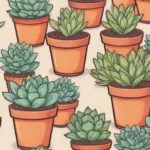 How to Save Your Succulents from the Dreaded Fungal Blight
How to Save Your Succulents from the Dreaded Fungal BlightFoul Odor
A distinct and often alarming symptom of bacterial soft rot is the foul odor emitted from decaying tissue. This smell arises from the breakdown of organic matter by bacteria, which releases various compounds that are unpleasant to the human nose. If you notice an unusual, putrid smell coming from your succulent, this should alert you to perform a thorough examination.
Blackened, Slimy Portions
As the infection advances, the tissues may turn black and ooze a slimy substance, a clear indicator that the plant is facing severe tissue degradation. This is particularly distressing because it signifies advanced stages of infection, where the tissue is no longer salvageable. In such cases, the bacterial load is likely too high to manage effectively.
Causes of Bacterial Soft Rot

Excessive Moisture
Overwatering is one of the leading causes of bacterial soft rot. Succulents are adapted to survive for extended periods without water in their natural habitats, making them highly susceptible to damage from excess moisture. When they receive more water than they can handle, the result is a humid environment within and around the plant tissues. This creates fertile ground for bacteria to proliferate.
Damage to Plant Tissue
Injuries caused by harsh handling, pest infestations, or even weather events may expose the inner tissues to infection. When the protective outer layer of the succulent is compromised, it creates an entry point for bacteria. Soft rot can emerge following a minor cut or bruise, especially if moisture levels are not regulated.
Poor Air Circulation
Another crucial factor contributing to the risk of bacterial soft rot is poor air circulation, which can elevate humidity levels and prolong moisture retention. In closed environments or dense plant arrangements, fungal and bacterial spores can thrive. Good air circulation helps keep succulents dry while preventing unwanted humidity buildup around the plants.
Preventative Measures
Watering Practices
To mitigate the risk of bacterial soft rot, it's essential to implement effective watering practices. Watering only when the soil is completely dry is critical, as succulents prefer to dry out between watering sessions. Using well-draining soil and pots with drainage holes ensures that excess water can escape, preventing soggy soil conditions. Furthermore, it's advisable to avoid overhead watering, as this can trap moisture on the leaves, increasing susceptibility to rot.
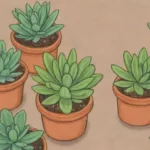 Recognizing and Managing Thrips Infestation in Succulents
Recognizing and Managing Thrips Infestation in SucculentsRegular Inspections
Regular inspections of succulents can significantly aid in the early detection of bacterial soft rot. Descend plants for any signs of wilting, discoloration, or bad odors, and treat them promptly. Regularly inspect for pests and injuries that may weaken the plant's defenses. Catching issues early allows for timely interventions that can make a significant difference.
Improving Air Circulation
Improving air circulation around the plants is another effective measure that can help in preventing bacteria from thriving. Arranging succulents to give enough space between plants, especially in crowded growing conditions, can allow gentle air currents to flow freely, drying any surface moisture quickly. Fans can also be used indoors to enhance airflow in an enclosed space.
Treatment Options
Pruning Infected Parts
When soft rot sets in, it is crucial to remove the infected portions of the plant immediately. Using sterile pruning tools, cut away the diseased areas, ensuring that you remove a few centimeters beyond the visible rot. After pruning, allow the cut surfaces to dry out for several hours before placing the plant back in its pot. This drying period can help prevent further infection from setting in.
Disinfecting Tools and Surfaces
To prevent the spread of bacteria, disinfect all tools used in the treatment of the plant. Tools should be cleaned with alcohol or a bleach solution. Additionally, ensure the surrounding surfaces where the plant was located are sanitized, as residual bacteria could affect nearby plants.
Repotting
In more severe cases where the rot has progressed significantly, repotting may be necessary. Carefully remove the succulent from its current pot and examine the root system for any signs of rot. Trim away affected roots and replant in fresh, clean soil to ensure it is not exposed to residual bacteria from its previous environment.
Conclusion
Bacterial soft rot poses a significant threat to succulents but can be managed and prevented with proactive practices and timely actions. Understanding the signs and symptoms is the first step nail down early detection and treatment. With emphasis on moisture control, awareness of plant health, and environmental conditions, succulent enthusiasts can effectively safeguard their investments.
In crafting a nurturing environment for these resilient plants, growers enable their succulents not just to survive but to flourish. Sufficient care can help mitigate bacterial assaults while ensuring that these exceptional plants continue to grace our spaces with their beauty. By remaining vigilant and implementing sound cultivation principles, we can preserve the joy and decorative allure that succulents bring to our lives. Careful attention to their specific needs will empower gardeners to maintain thriving, healthy succulents for years to come.
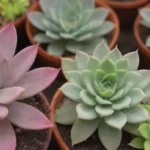 Dealing with Aphids: Prevention and Treatment for Succulent Health
Dealing with Aphids: Prevention and Treatment for Succulent HealthIf you want to read more articles similar to Signs of Bacterial Soft Rot on Succulents: What to Look For, you can visit the Diseases in Succulents category.

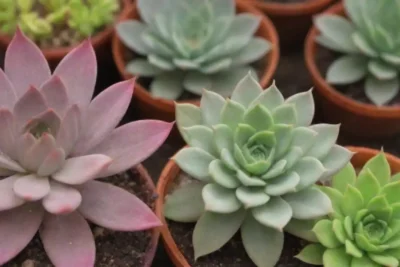
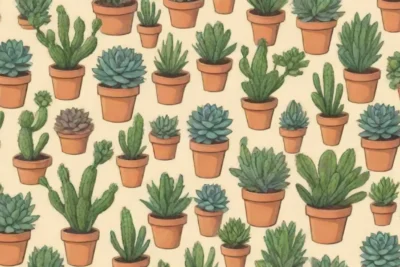
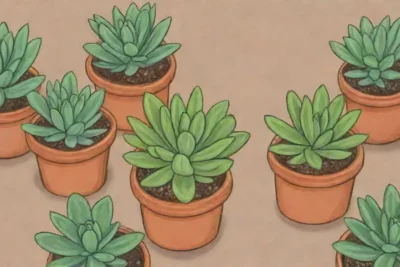
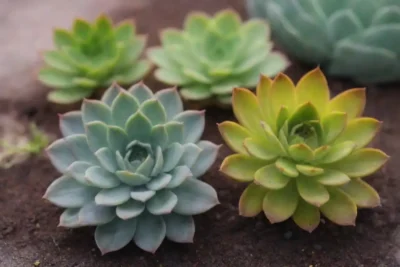
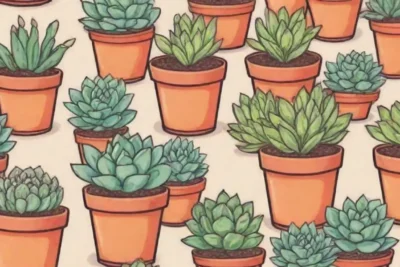
You Must Read